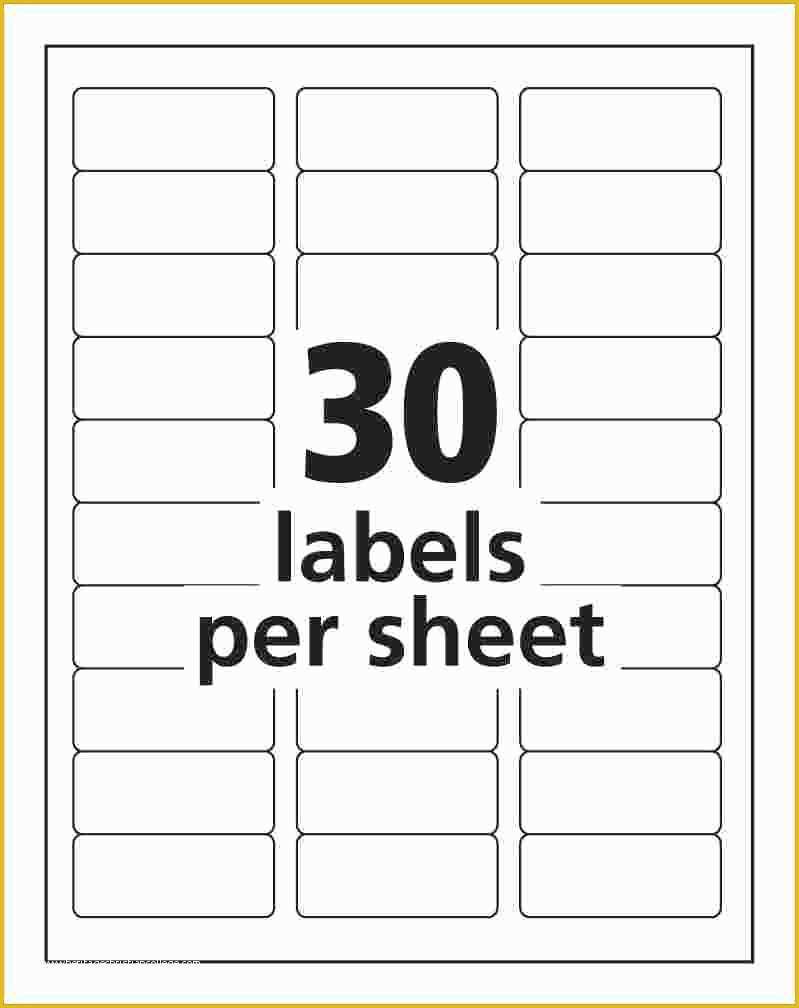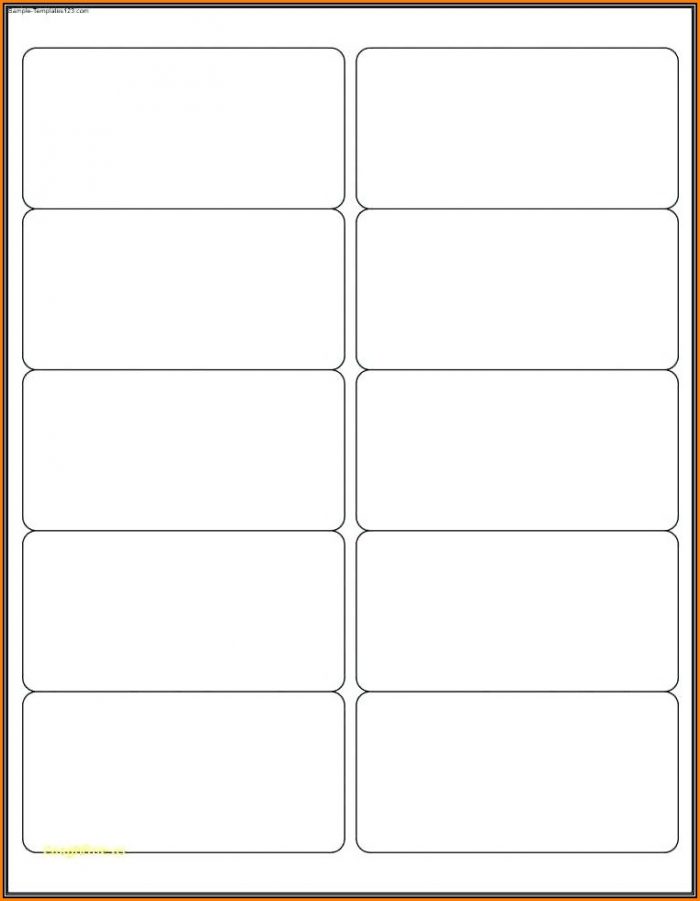

Bold, italic, underline, and strikethrough.Populate and create customized documents.Add, change, or delete a source file in Pages on Mac.Select text and place the insertion point.Use VoiceOver to preview comments and track changes.View formatting symbols and layout guides.Intro to images, charts, and other objects.Who made that call: Avery or Microsoft? I certainly don’t expect you to have the answer. It seems odd that someone chose to limit the available Avery templates in Word for Mac.

All the label products that show have a page size of standard U.S. Then I search the entire list for any product that fits the description: Height: 3″, Width: 4″ Page size: 4″ X 6″. The package says I should use “Avery Template 5453,” but that number does not appear, either.

That product ID does not appear in the spin box. I click Tools > Labels > Options and search for the Avery product I want to use, i.e., Avery 5286. In Word 2011 for the Mac, I can find neither. In Word 2013 on my Win7 PC, I can find both 52. Here’s what I find curious: Word 2013 on my Windows 7 PC offers many more Avery templates than does its Mac equivalent. I understand your point about the various templates for what is essentially the same label. I’m still curious about that I-bar-what does Microsoft call it and what is its purpose? On the other hand, I suppose I could use those shapes for my intent, i.e., as placeholders for my two address blocks. With the shapes out of the way, I can change the alignment of text in the cells. It seems all I need do is remove those two shapes from the template, then proceed as you suggested. Till now, I’d thought those shapes were the borders for the cells. I also turned on cell gridlines and changed the text alignment to top left. I’ve attached another screen shot that shows the two shapes resized and rotated. I was clicking by that I-bar whatchamaycallit and trying to align it top left, with no success. Now I remember that cells don’t have sizing handles. I had noticed the sizing handles that appeared when I clicked in one or the other of the two cells. What I’d failed to see–and what had so vexed me from the start–was that Avery had overlaid those two cells with two shapes of exactly the same proportions.

After I read your post, I looked at the Avery template from another angle. Thank you, Andrew! You gave me some valuable clues.


 0 kommentar(er)
0 kommentar(er)
